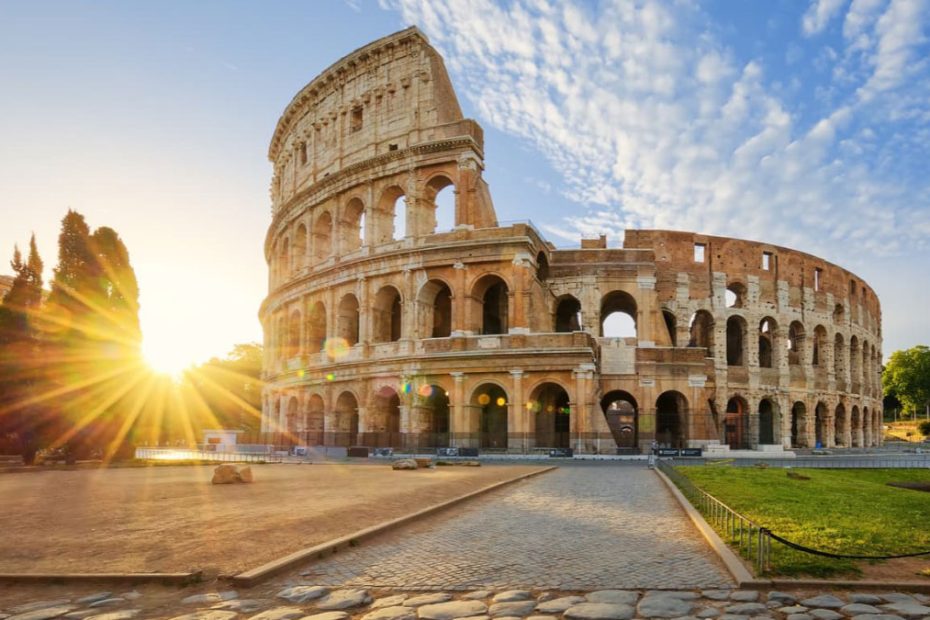Rome, the Eternal City, brims with history, culture, and mouth-watering cuisine. In just two days, you can immerse yourself in its timeless charm and iconic landmarks without feeling overwhelmed. Whether you’re a history buff, art lover, or foodie, Rome offers something unforgettable for everyone.
Key Takeaways
- Efficient Itinerary Planning: This two-day itinerary covers key Roman attractions like the Colosseum, Pantheon, Vatican City, and Trastevere, ensuring a balanced mix of historical landmarks, artistic marvels, and local experiences.
- Rome’s Historic Sites: Visits to iconic locations such as the Roman Forum, Palatine Hill, and the Pantheon provide a deep dive into Rome’s rich historical and architectural heritage.
- Cultural and Culinary Delights: Exploring areas like Piazza Navona and enjoying a gelato crawl add delightful cultural and culinary dimensions to the itinerary.
- Travel Tips for Rome: Essential tips include booking skip-the-line tickets, wearing comfortable footwear, using public transport smartly, and being vigilant about personal belongings to enhance the overall travel experience.
- Local Dining Recommendations: Specific eateries such as Bonci Pizzarium, Del Monte, and authentic trattorias offer a genuine taste of Roman cuisine, from classic pasta dishes to innovative pizza toppings.
- Embracing Local Customs: Adopting local practices such as Roman coffee culture and learning basic Italian greetings enriches the travel experience and fosters positive interactions with locals.
Day 1: Ancient Rome and the Historic Center
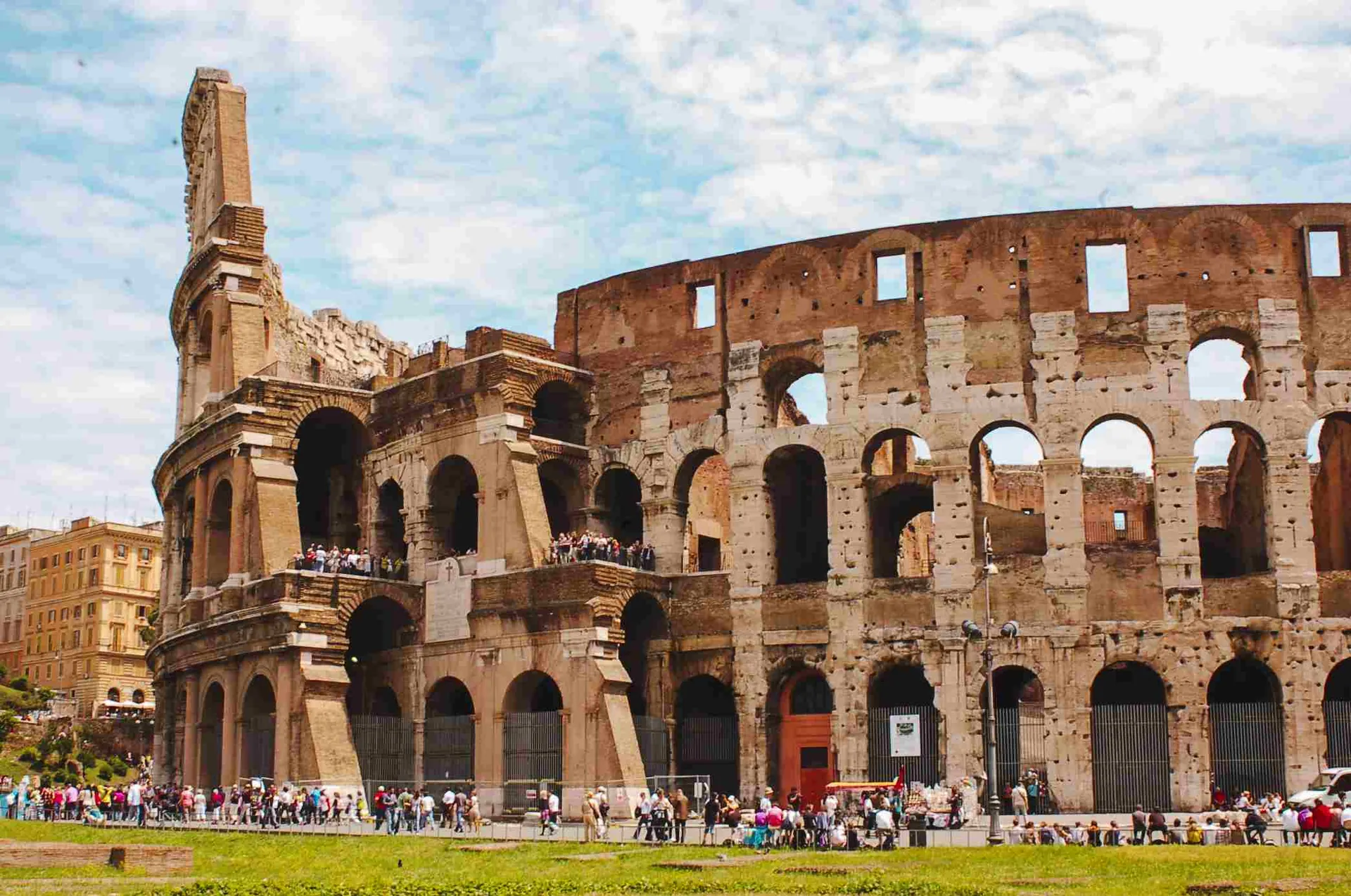
Exploring Ancient Rome and the Historic Center grants a deep jump into the city’s rich past and unparalleled architecture. Here’s a structured itinerary to maximize your time.
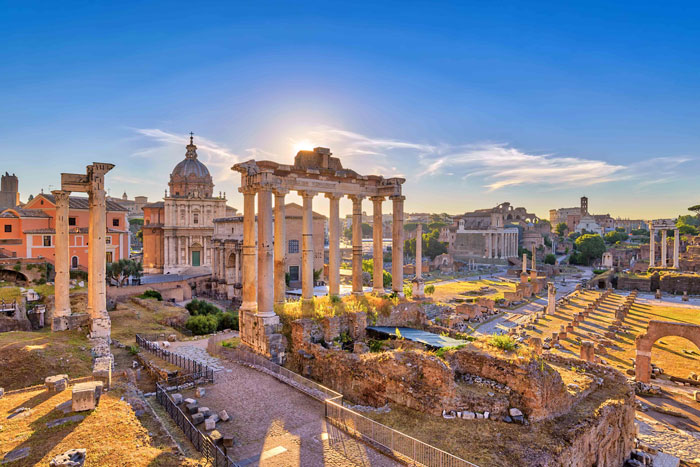
Morning: The Colosseum and Roman Forum
Colosseum: I started my day at the Colosseum, one of the most magnificent ancient monuments. This amphitheater held brutal gladiator battles, which were favorites among the local populace. Learning about the Colosseum’s history provided a stunning glimpse into ancient entertainment and architectural prowess.
Roman Forum: Next, I walked over to the nearby Roman Forum, a vibrant public plaza used for governmental affairs, markets, and even gladiator combats. Wandering among the ruins of temples, basilicas, and other structures, I especially admired the Temple of Saturn and the Curia. Imagining the historical significance of this site brought the ancient Roman world to life.
Afternoon: Palatine Hill and the Pantheon
Palatine Hill: My afternoon began at Palatine Hill, one of Rome’s seven hills. The panoramic views from the hill were breathtaking. Palatine Hill’s historical importance includes myths about Romulus and Remus, the founders of Rome. I explored ancient ruins and enjoyed the scenic beauty that spoke volumes about the hill’s relevance in ancient Rome.
Pantheon: I then headed to the Pantheon, a marvel of ancient engineering. This former Roman temple, now a church, boasts a stunning dome and an oculus that lets natural light pour into the structure. The Pantheon’s massive columns and intricate interior left me in awe and provided a serene moment to contemplate Rome’s grand history.
Evening: Piazza Navona and Gelato Crawl
Piazza Navona: For the evening, I visited Piazza Navona, a square famous for its Baroque architecture and vibrant atmosphere. The square features impressive fountains like the Fountain of the Four Rivers (Fontana dei Quattro Fiumi). Street performers and artists added to the lively ambiance, making it a perfect spot for a leisurely stroll.
Gelato Crawl: To end the day on a sweet note, I embarked on a gelato crawl. Rome offers a plethora of gelaterias, each with unique flavors. I sampled several, including classic choices like pistachio and stracciatella, as well as adventurous flavors such as ricotta and fig. It was a delicious way to experience Rome’s culinary delights.
This structured itinerary ensures a rich and fulfilling Day 1, encompassed by the scenic beauty and historical significance of Rome’s ancient monuments and the lively charm of its historic center.
Day 2: Vatican City and Trastevere
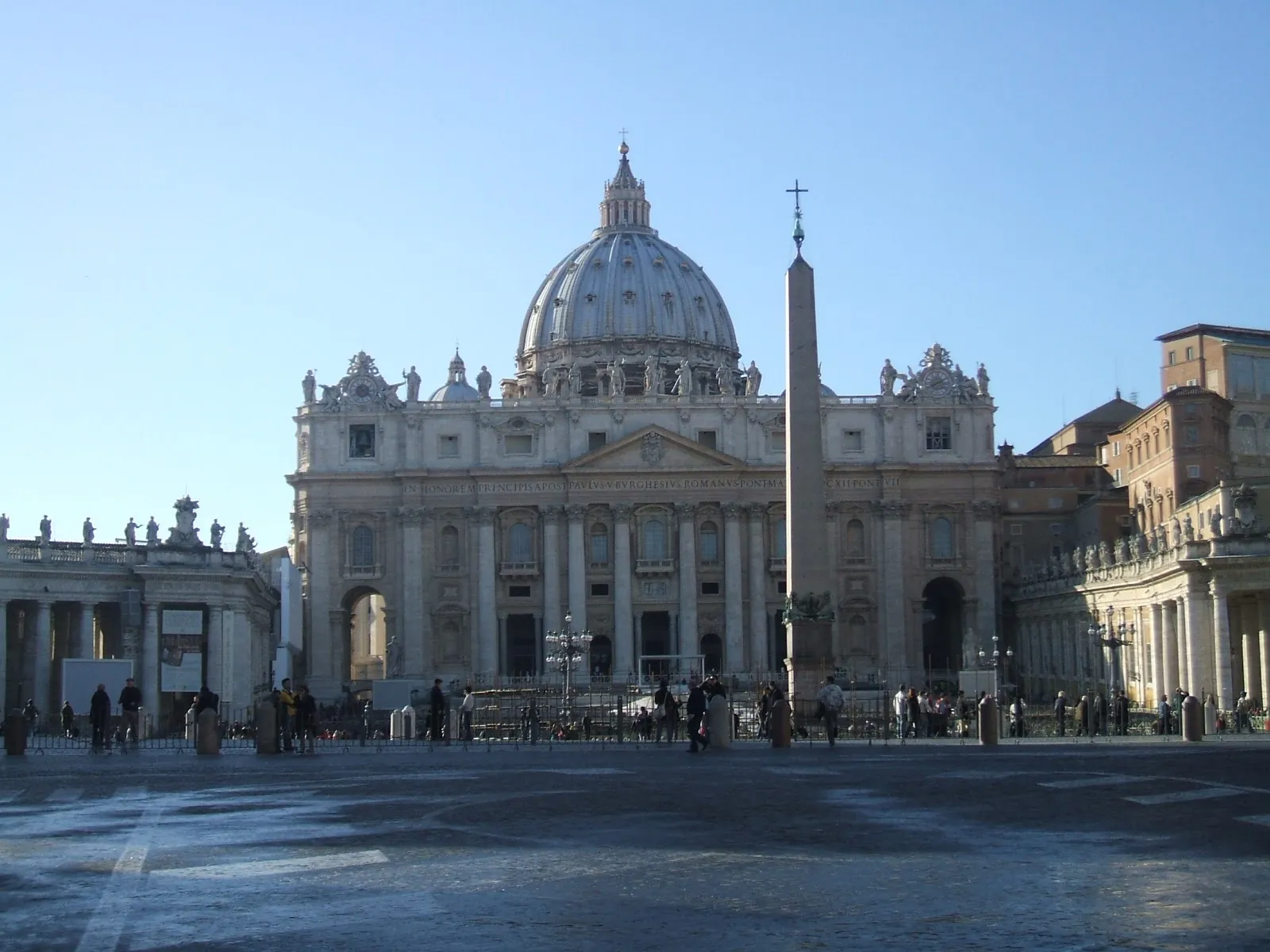
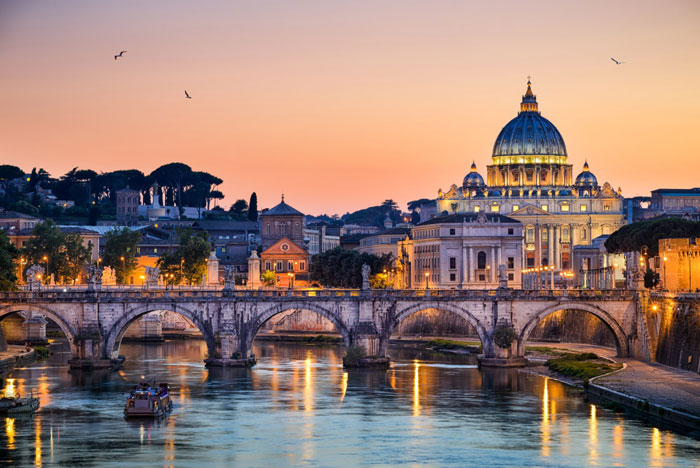
Morning: St. Peter’s Basilica and Vatican Museums
Day 2 starts with exploration around Vatican City. St. Peter’s Basilica is the first stop, a must-visit iconic church. Entry is free, and it’s highly recommended to climb the dome for stunning city views. Visitors should arrive early to avoid the busiest times.
Next, head to the Vatican Museums, housing an incredible art collection. Securing tickets in advance speeds up entry, sidestepping long lines. The museum’s highlights include Michelangelo’s Sistine Chapel frescoes. Visitors can spend a few hours here, appreciating centuries of art and history.
Afternoon: Sistine Chapel and Castel Sant’Angelo
Continue to the Sistine Chapel in the afternoon, located within the Vatican Museums. Michelangelo’s ceiling frescoes are a renowned attraction, so it’s wise to book tickets in advance to ensure entry. The detailed artwork deserves focused attention, making the experience unforgettable.
Afterward, Castel Sant’Angelo awaits. This ancient fortress offers panoramic views and a welcome break from the morning’s crowds. Originally built as a mausoleum, it provides insight into Rome’s layered history. The fortress’s terrace offers another vantage point for city views, perfect for capturing memorable photos.
Evening: Trastevere Neighborhood Exploration
In the evening, head to the charming Trastevere neighborhood. Known for its vibrant atmosphere and cobbled streets, it’s ideal for a leisurely stroll. Explore its narrow alleys, discover notable landmarks like Santa Maria in Trastevere Basilica, and enjoy local eateries.
Trastevere’s dining options range from traditional trattorias to contemporary restaurants, allowing visitors to indulge in authentic Roman cuisine. End the day by enjoying live music and mingling with locals in this lively area, rounding out an enriching two-day Roman adventure.
Tips for Getting Around Rome

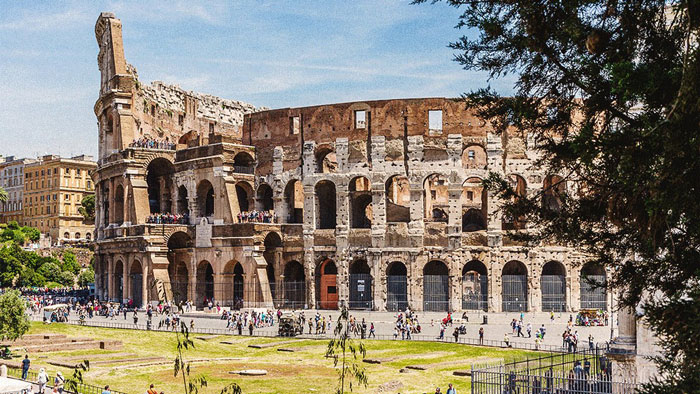
Exploring Rome effectively enhances the travel experience and saves time. Here are some essential tips:
Plan Ahead
Booking skip-the-line tickets for popular attractions like the Colosseum and Vatican City is a must. It saves precious time and avoids the long queues that often form around these sites. The Roma City Pass can provide access to various attractions along with unlimited public transport.
Comfortable Footwear
Rome’s charm lies in its walkability, with cobblestone streets and historic paths. Comfortable shoes are crucial. Walking will make the experience more enjoyable and less tiring. Sneakers or well-cushioned sandals are ideal for traversing the city’s varied terrain.
Public Transportation
Rome’s public transportation system includes buses, trams, and the metro. I highly recommend purchasing a Roma City Pass, which allows unlimited access to all these modes of transportation. This pass can be a game-changer, offering convenience and cost savings. Bus and tram lines cover most tourist spots, making it easy to hop on and off as needed.
Dress Appropriately
Rome’s religious sites, such as the Pantheon, Vatican, and numerous churches, require modest attire. Shoulders need covering, and high-cut shorts or skirts aren’t suitable. Pack a shawl or scarf for quick coverage, especially during the warmer months.
Watch For Pickpockets
Crowded areas, especially around major attractions, are hotspots for pickpocketing. Keep belongings secure. Use anti-theft bags and be cautious with personal items. Stay vigilant in places like the Colosseum, Trevi Fountain, and Piazza Navona.
Use Maps And Apps
Planning routes using digital maps and travel apps can streamline travel. Apps like Google Maps and Citymapper are invaluable for exploring public transport and identifying the best walking routes. Offline maps can also be helpful in areas with poor signal.
Hydration And Snacks
Carrying water and snacks is advisable. Drinking fountains (nasoni) are scattered across the city, providing fresh water. Staying hydrated is especially important during peak tourist season and hot summer months. A refillable water bottle can be a smart option.
Local Currency
Although credit cards are widely accepted, small businesses and older establishments prefer cash. Carry some euros for small purchases and tips. ATMs are plentiful, but withdrawing cash from bank-affiliated machines is safer to avoid excessive fees.
Respect Local Etiquette
Understanding and respecting local customs enriches the travel experience. Greetings like “Buongiorno” (good morning) and “Grazie” (thank you) are appreciated. Being polite and courteous will often lead to better interactions with locals.
Summarizing, getting around Rome efficiently involves planning, appropriate attire, and careful navigation. Using public transport smartly, staying prepared for long walks, and protecting personal belongings help create a smooth and enjoyable travel experience.
Where to Eat in Rome
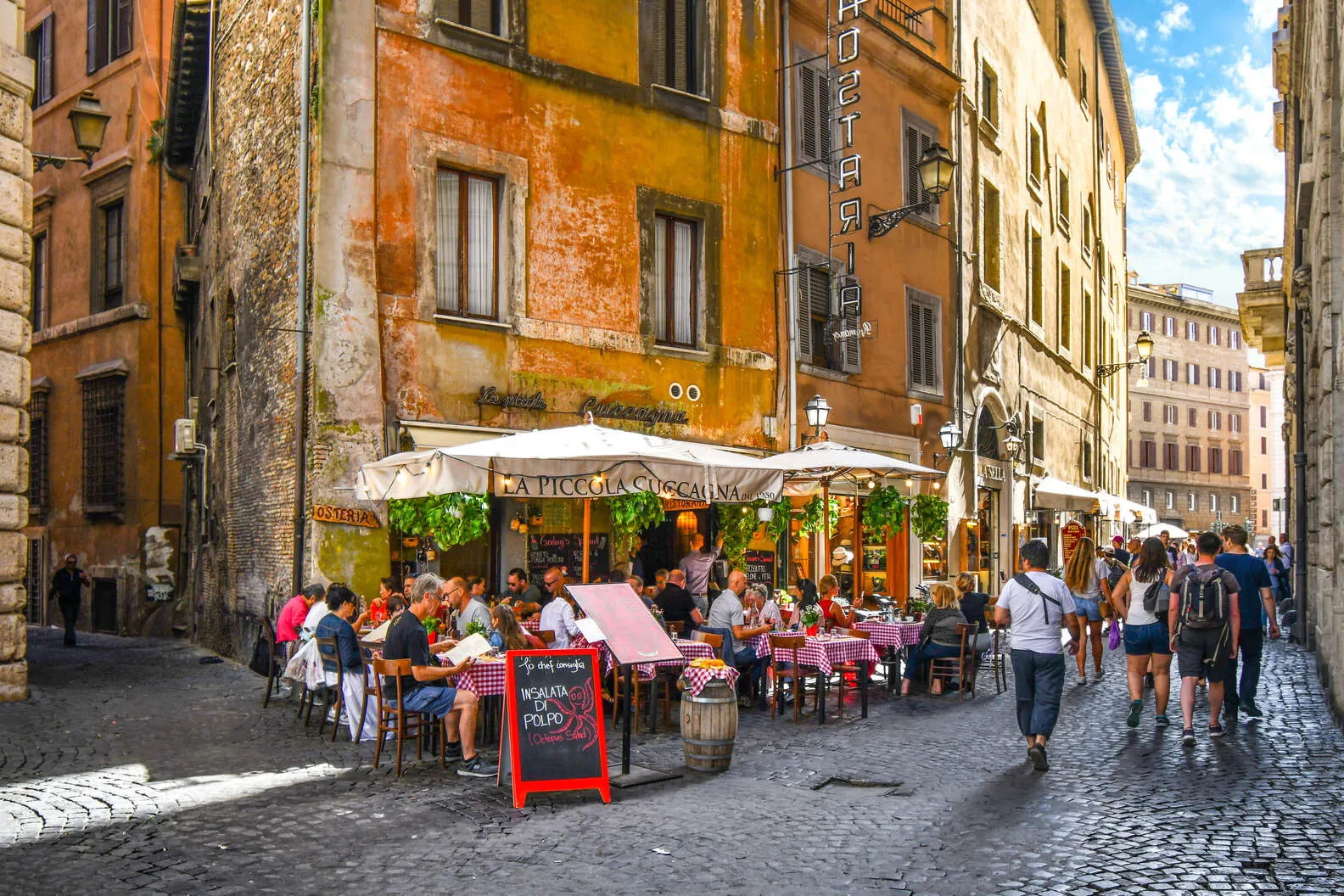
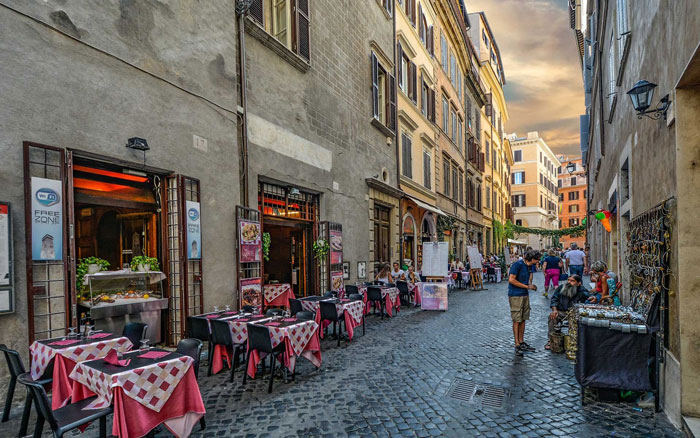
Day 1
Bonci Pizzarium: Near the Vatican, I discovered Bonci Pizzarium, renowned for its unique toppings and classic Italian simplicity. This pizzeria offers a variety of flavors, making it a perfect spot for a tasty lunch. Their pizzas feature high-quality ingredients and inventive combinations. Visitors rave about the crunchy crust and fresh toppings.
Del Monte: After exploring Vatican City, I indulged in Del Monte’s authentic gelato. This small shop, also near the Vatican, serves flavorful and creamy gelato. Options range from traditional flavors like pistachio and stracciatella to unique combinations that excite taste buds. Perfect for a mid-day treat.
Goose: For dinner, I’ve enjoyed dining at Goose. This restaurant offers a cozy atmosphere and a diverse menu. Goose mixes up traditional Roman dishes with a hint of modern flair. Expect dishes like pasta carbonara and saltimbocca, all expertly prepared and deliciously presented.
Day 2
Monti: After visiting the Colosseum and Roman Forum, Monti is my top lunch spot. Located in the heart of Rome, Monti boasts numerous eateries offering authentic Italian cuisine. I recommend trying pasta dishes like cacio e pepe or grabbing a slice of Roman-style pizza. The area provides a perfect break from sightseeing, with plenty of local charm and vibrant street life.
Trastevere: For the evening, Trastevere is unbeatable. This picturesque neighborhood teems with local eateries and aperitivo spots, perfect for experiencing Roman nightlife. I often start with a classic aperitivo, then wander through Trastevere’s narrow streets, stopping for dinner at a local trattoria. Expect dishes bursting with flavors, like oxtail stew and artichokes.
Additional Tips
Local Trattorias and Street Food Stalls: Throughout my trips, I’ve made it a point to dine at local trattorias and street food stalls. These spots often deliver the most authentic and tasty Roman dishes. Must-try items include pasta carbonara, cacio e pepe, and Roman-style pizzas. Street food stalls offer quick and delicious options, like supplì (fried rice balls) and porchetta sandwiches. Local markets, such as Campo de’ Fiori, also provide fresh and flavorful bites.
Drinking Coffee Like a Roman: When in Rome, I embrace the Roman coffee culture. Mornings start with a quick espresso at the counter, while afternoons call for a macchiato or cappuccino. Many cafes follow this traditional coffee ritual, so I recommend adopting it to fully immerse yourself in the local experience.
These dining spots offer a genuine taste of Roman cuisine, adding flavor and authenticity to the travel experience.
Conclusion
Exploring Rome in two days is an unforgettable experience, especially when you immerse yourself in its culinary delights. From the mouthwatering pizza at Bonci Pizzarium to the authentic Roman dishes at local trattorias, every meal becomes a journey of its own. Savoring gelato at Del Monte and dining in Trastevere adds a special touch to your evenings. Don’t forget to embrace the coffee culture; it’s an integral part of Roman life. By following this itinerary, you’ll not only see the iconic sights but also taste the heart and soul of Rome.
Frequently Asked Questions
What are the best places to eat on Day 1 in Rome?
On Day 1, try Bonci Pizzarium for amazing pizza, Del Monte for delicious gelato, and Goose for dinner to experience local cuisine.
Where should I eat lunch after visiting the Colosseum on Day 2?
After visiting the Colosseum on Day 2, head to Monti for a memorable lunch featuring authentic Roman dishes.
What area is recommended for dinner in the evening on Day 2?
Trastevere is highly recommended for dinner on Day 2. This area offers a vibrant dining scene with various trattorias and street food options.
How can I experience genuine Roman coffee culture?
To enjoy Roman coffee culture, visit local cafes and order an espresso. Stand at the bar like locals do, and avoid asking for a cappuccino after breakfast hours.
What can I find at Campo de’ Fiori?
Campo de’ Fiori is a bustling market where you can find a variety of fresh produce, local delicacies, and street food, making it a great spot to explore authentic Roman flavors.
Are there any local street food stalls worth visiting in Rome?
Yes, Rome boasts numerous street food stalls offering everything from classic Roman pizza to suppli (fried rice balls), making for a tasty and quick meal option.
Why is it important to dine at local trattorias in Rome?
Dining at local trattorias in Rome provides an authentic experience of Roman cuisine, allowing you to taste traditional dishes made with fresh, local ingredients.
How does embracing Roman dining help enhance the travel experience?
Embracing Roman dining enriches your travel experience by connecting you with the city’s culinary traditions, providing a deeper cultural understanding and memorable taste of Rome.

